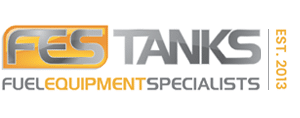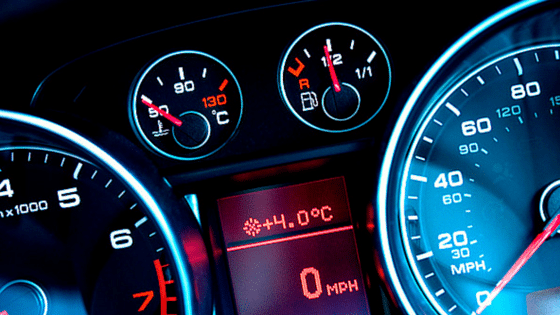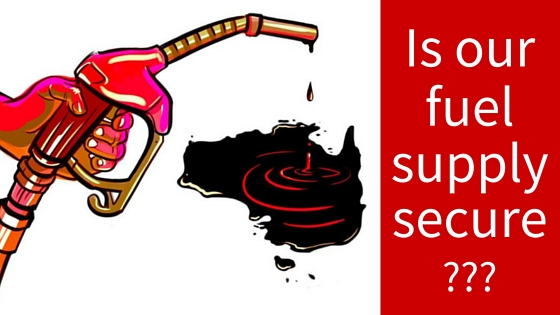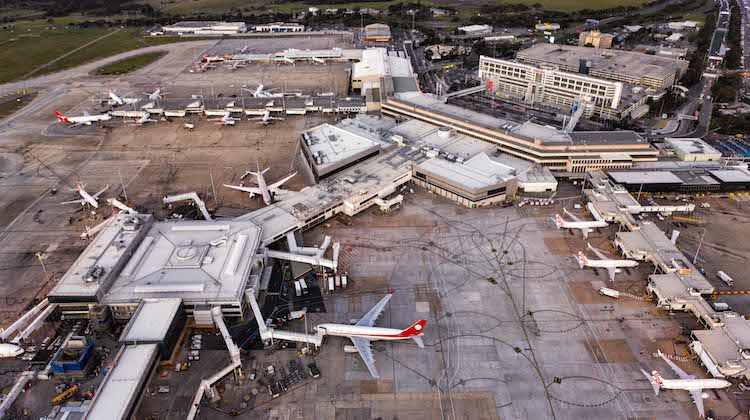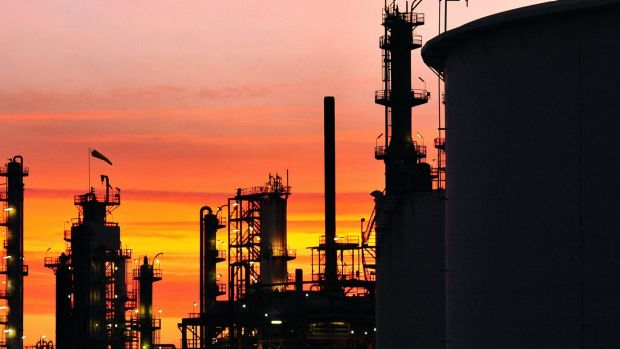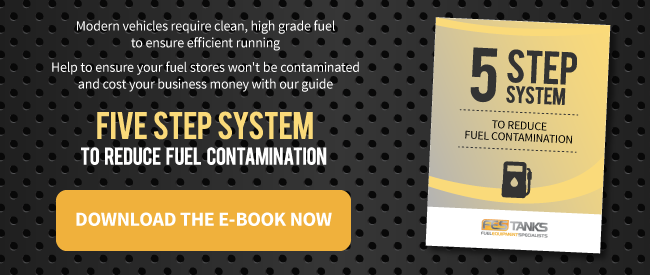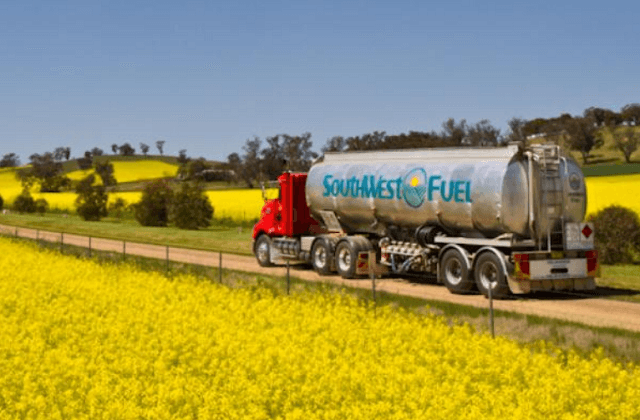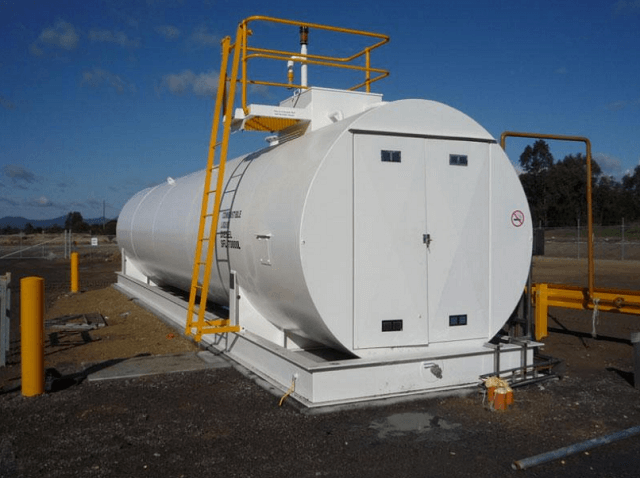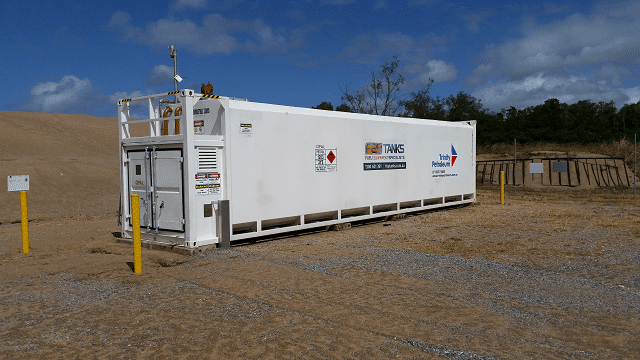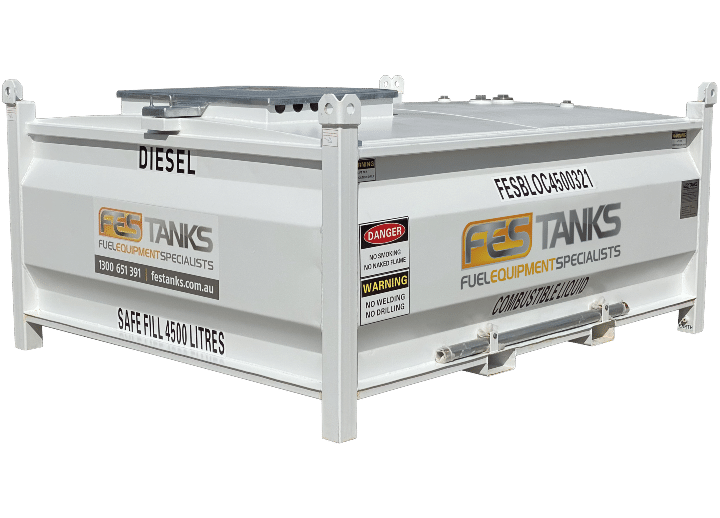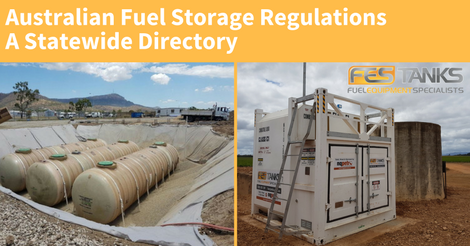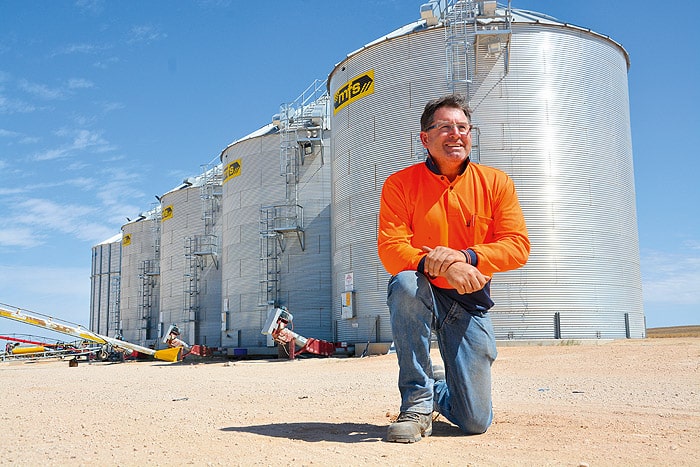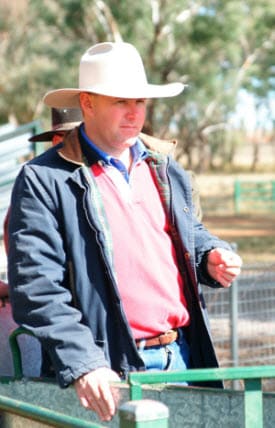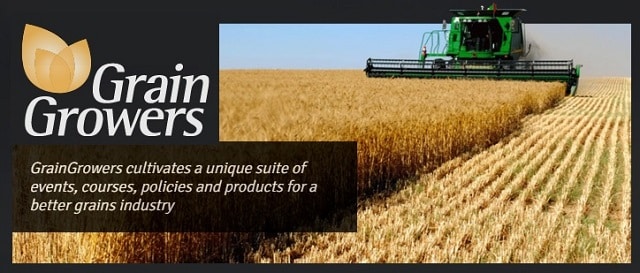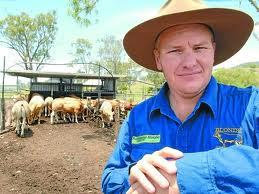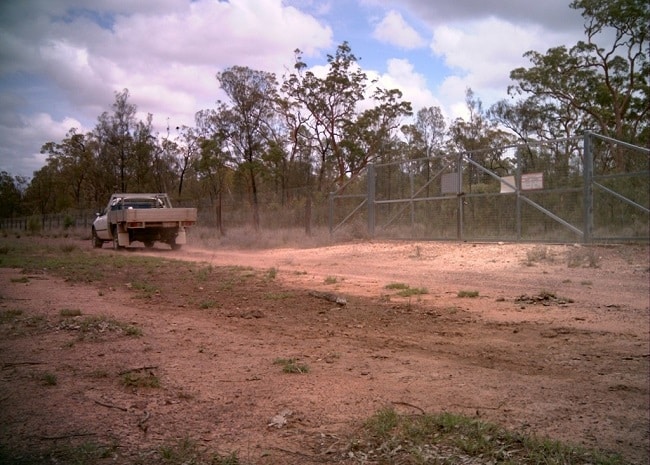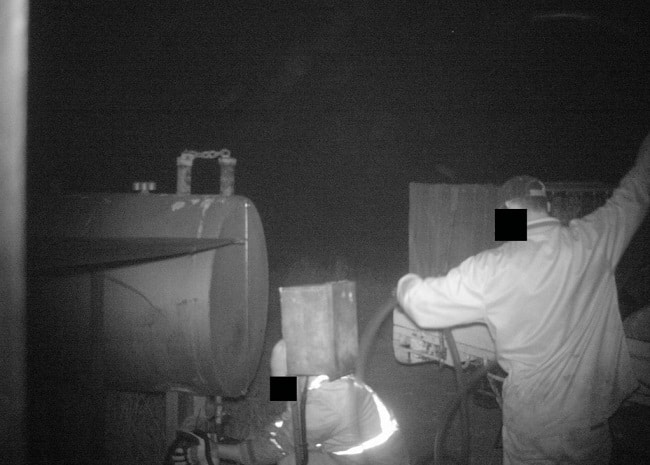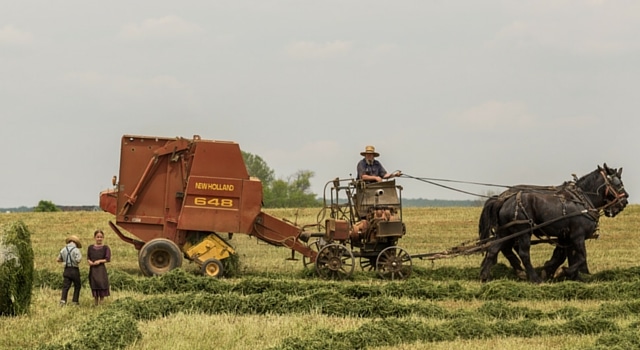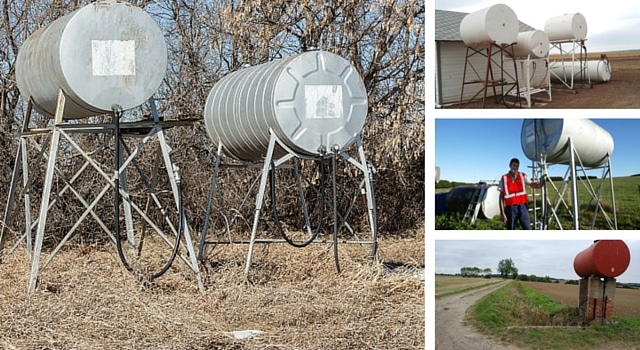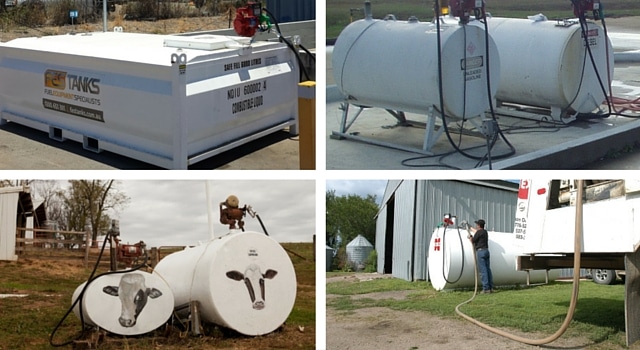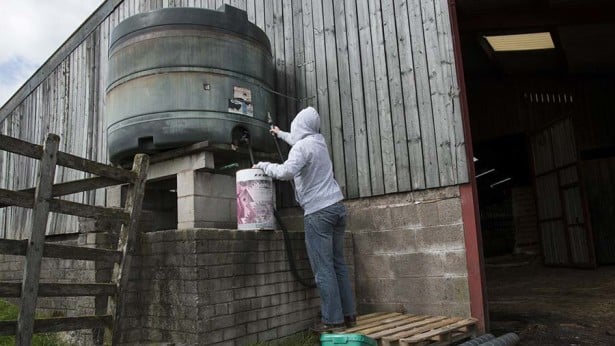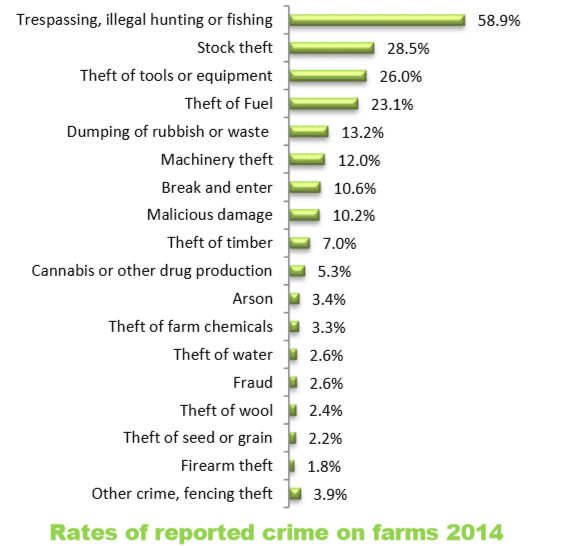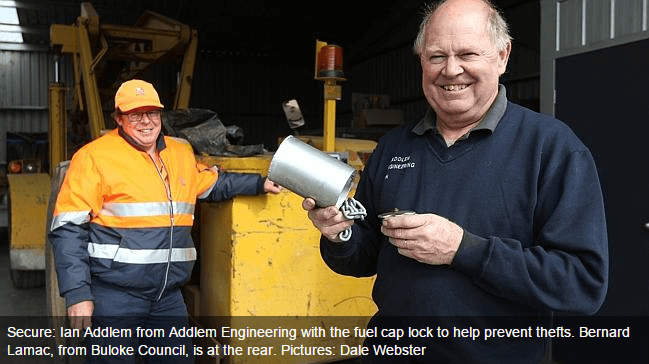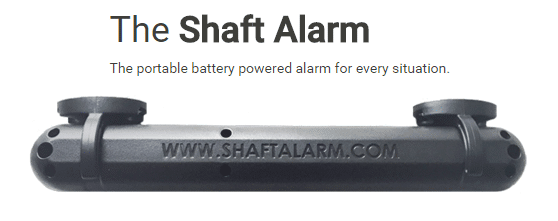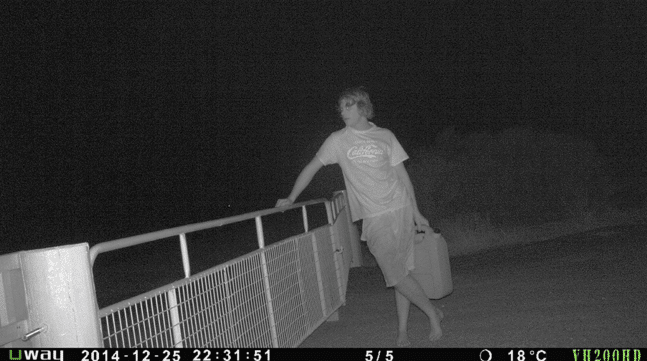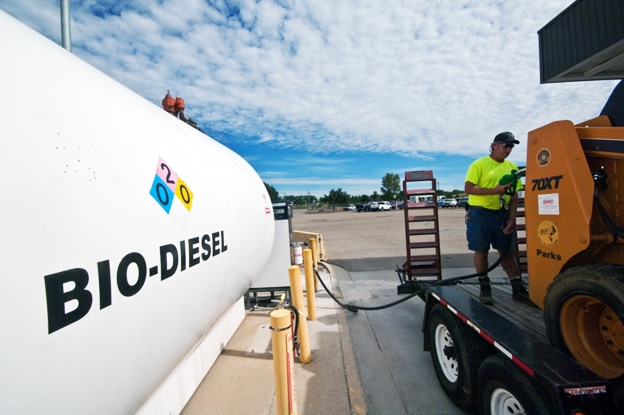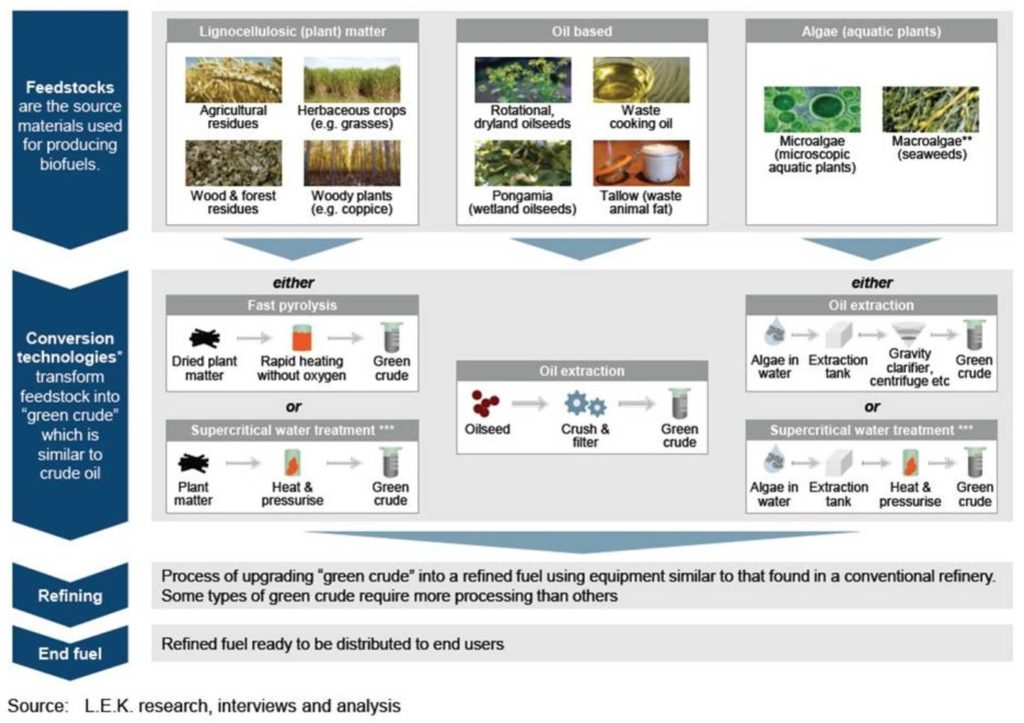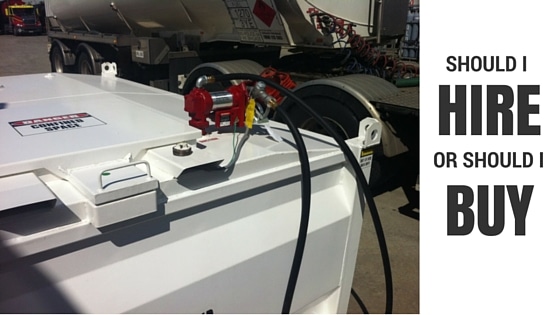FIRST NSW and Queensland, then the nation – after a rocky start, ethanol fuels are back in the headlines and in the fuel pumps with more legislative support than ever across Australia.
Both Queensland and NSW made announcements around the issue in December, and in February North Queensland MP Bob Katter brought the issue to Federal Parliament with his Renewable Fuel Bill 2016, which proposes that all petrol sold nationwide should contain a minimum 5 per cent ethanol from 2019.
In Queensland, a 3 per cent ethanol mandate will take effect in January 2017, increasing to 4 per cent in July 2018, and in NSW the government has announced reforms to increase compliance with its 6 per cent mandate, introduced in 2007.
The changes mean Australia is following in the footsteps of much of the developed world – so what are the lessons we can learn from international experience? What will the growth in biofuel mean for business, and what’s the best way to prepare?
Ethanol in petrol – it’s not new
The first surprise is that ethanol-blended fuel is not new.
It’s as old as the automobile, with the original Model T Ford designed to run on either ethanol or gasoline.
In fact, Henry Ford believed biofuels would eventually become America’s primary fuel source, and as early as 1925 he was paving the way.
His dream was put on hold with the economic crisis affecting farming, followed by the Great Depression, and later models lost the ethanol capacity.
However blends continued to be used at various times and in the USA the biofuel came to the fore again when leaded petrol was phased out in the 1970s, and the search was on for an oxygenate to replace the octane lost in the process.
Initially methyl t-butyl ether (MTBE) was a popular additive, until serious groundwater contamination issues led to the search for a new and easily produced alternative, and ethanol fit all the criteria.
Easily made from corn and other plants it has a high octane content and is easy to transport safely.
In the United States, virtually all on-road petrol now contains ethanol in concentrations from 10-85 per cent.
In Australia, the transition from leaded petrol happened in the early 2000s, and with the introduction of the National Standards for Fuel Quality in 2002 the shift towards a cleaner burning fuel began.
So far uptake has been patchy – Shell withdrew E10 from sale at 63 service stations in Victoria in 2011 because of poor demand- but the recent flurry of activity suggests Australia has well and truly entered a new era when it comes to biofuels on our roads.
Caltex introduced an E85 blend as part of an agreement with Commodore, but Holden later dropped the renewable fuel compatibility and production was scaled back due to poor demand.
THE GOOD
- There’s plenty for motorists to like about E10 fuel.
- It’s cheaper at the pump, and as an oxygenate it reduces emissions from petrol, so it’s good for our air quality.
- It’s popular with politicians on an environmental basis because it reduces oil consumption, while others have argued it will provide a new key market and better prices for grain and sugar growers and boost our fuel security with a new, locally made fuel alternative.
THE BAD
On the downside, there are a few key issues that could mean extra costs for business if they’re not addressed early.
- Poorer fuel economy:
Ethanol has about 30 per cent less energy than petrol, which means less miles to the tank.
For the average consumer this means they’ll need to fill up more frequently, because they’ll get 3-4 per cent less mileage – probably costing a couple of hundred dollars a year extra, which is hopefully partly offset by the fuel’s lower retail price.
However for business, particularly fleet operators, the extra costs can be significant.
Fortunately one mitigating factor here is the better fuel efficiency of modern vehicles, many of which are designed to operate with fuel blends.
- Material damage:
When ethanol comes into contact with seals, rubber lines, plastic and polymer it dissolves them.
This is a particular concern for small engines, and companies that use fuel for small equipment like mowers, trimmers and edgers.
For two-stroke engines that need lubrication, the extra water content in ethanol blends (because ethanol absorbs water) can cause catastrophic engine damage.
In the United States the implementation of the ethanol mandate and the widespread use of blends with a higher percentage of ethanol, like E15, coincided with a sharp uptake in demand for small engine repairers.
Small engine manufacturers are now warning people not to use blends higher than E10 in small engines, and the issue has become such a concern that it’s a major aspect of the congressional debate over whether to legislate for a higher percentage of ethanol in all fuel.
- Water issues and phase separation
The extra water absorption capacity of ethanol and ethanol blends is a serious concern for businesses worried about the five or six figure capital cost of fuel storage systems.
Storing ethanol correctly means making adjustments – as a rule, ethanol blends have a storage life of as little as 28 days compared with as long as two years for regular petrol.
A major issue is phase separation, which is the separation of the water-alcohol layer from the fuel.
Petroleum can absorb a limited amount of water.
Ethanol can absorb more.If the petrol’s absorption limit is exceeded, the alcohol will drop out of the fuel, leaving a layer of ethanol-rich water beneath the petrol.
The process causes major problems because it strips the petrol of its octane value, meaning it may not burn properly – a serious problem for mission critical operations.
There’s also the risk that if the engine burns through the fuel layer and draws from the ethanol and water mix, serious valve and engine damage can occur.
THE UGLY
Corrosion….
For business, though, the primary concern in the switch to ethanol is correct storage.
Because ethanol attracts water, tanks become corroded through exposure to water and the usual rusting processes.
However a second problem occurs because ethanol provides an excellent food for microbes, and when they consume the fuel they produce acetic acid that vaporises and corrodes parts both above and below the fuel line.
Experience shows that if there’s corrosion above the fuel line in tanks storing ethanol blends, there’s likely to be even worse damage below, potentially posing serious environmental and safety risks as well as a threat to the bottom line through fuel loss.
It’s these issues that have caused concern among small service station operators worried about the need to upgrade infrastructure and possibly replace tanks to deal with the new mandates.
The Solutions – Survive and Thrive
- Protecting Engines
If your business is a major user of small engines or petrol-powered equipment, you can avoid the corrosion of rubber parts and engine exposed to high ethanol blends by draining fuel tanks before storing your tools, to minimise exposure.If you’re using ethanol blends in small engines you can also treat the fuel with a multi-function protectant which creates a boundary layer between the fuel and the engine parts.
- Maintaining Fuel Integrity
Anyone storing significant amounts of biofuel will be affected by phase separation. Again, as well as ensuring your tank and fittings are appropriate for keeping your fuel fresh and avoiding reactions, a fuel treatment is a good option.Look for one that provides detergency and improves the fuel’s ability to absorb water (delaying separation).
- Watching for Water Damage
Flowing on from that, check tanks regularly for water (at least once a month). A good water finding paste makes this easy, and any water can be drained from the bottom of the tank, prolonging fuel life and avoiding spoiling and potentially serious fuel failures.
- Protecting your Storage Tanks
It’s essential to check your fuel storage tanks regularly for the tell-tale signs of corrosion resulting either from high water content or the presence of microbes producing acid vapours.
Check above and below the fuel line.
Applying a biocide to control microbial growth is an important preventative measure – remember, you’ll need to reapply every time you refill the tank.
You can also treat your tank with an anti-corrosion treatment for boundary protection. Try to avoid using the same tanks for different types of fuel, as this increases the chances for cross-contamination from different microbe varieties.
